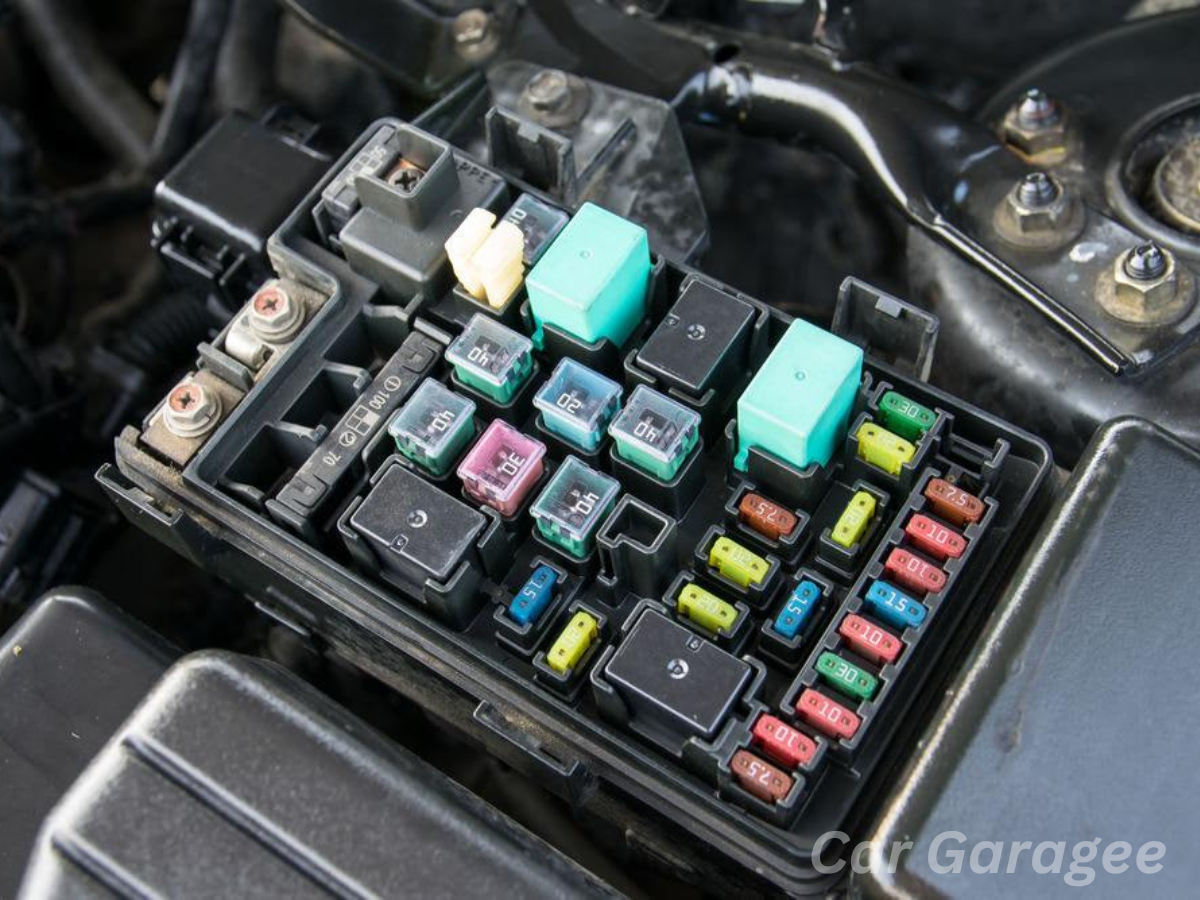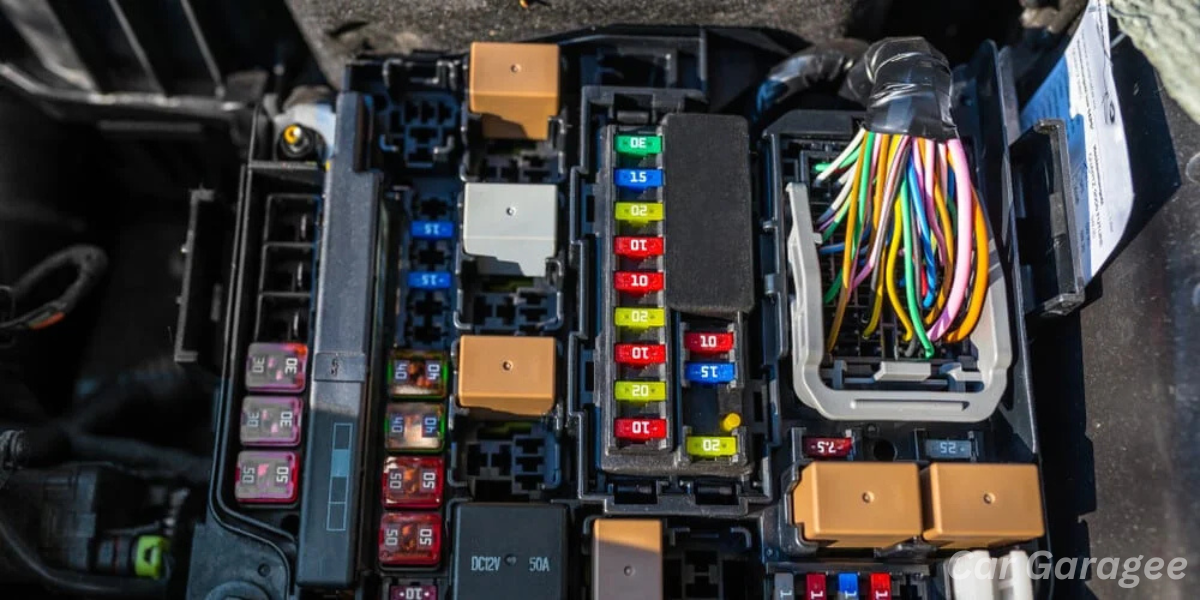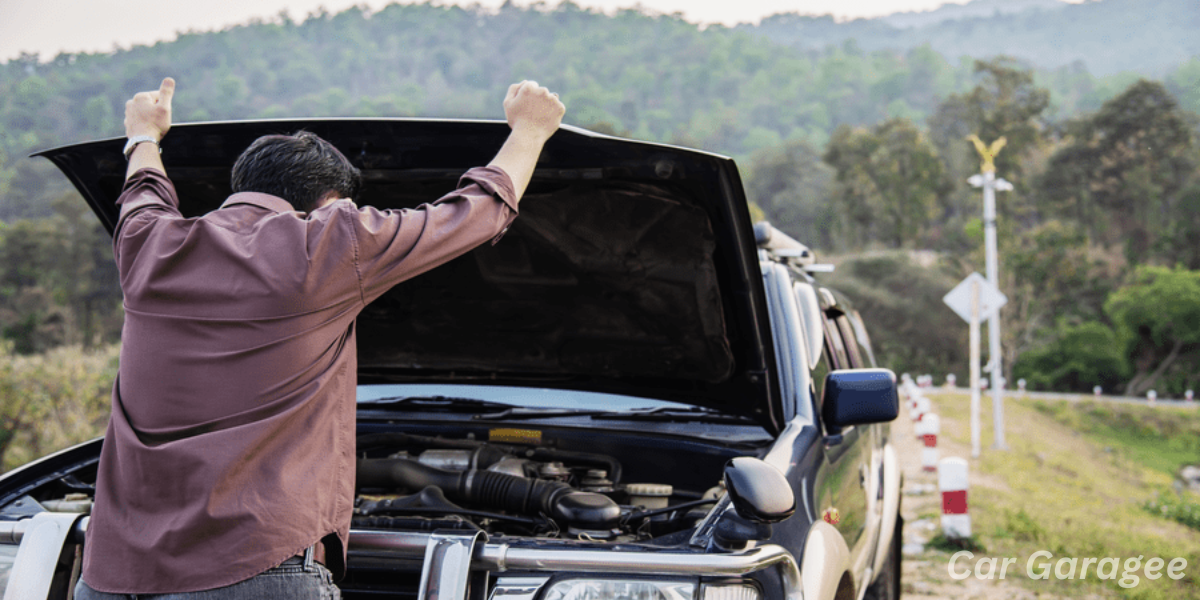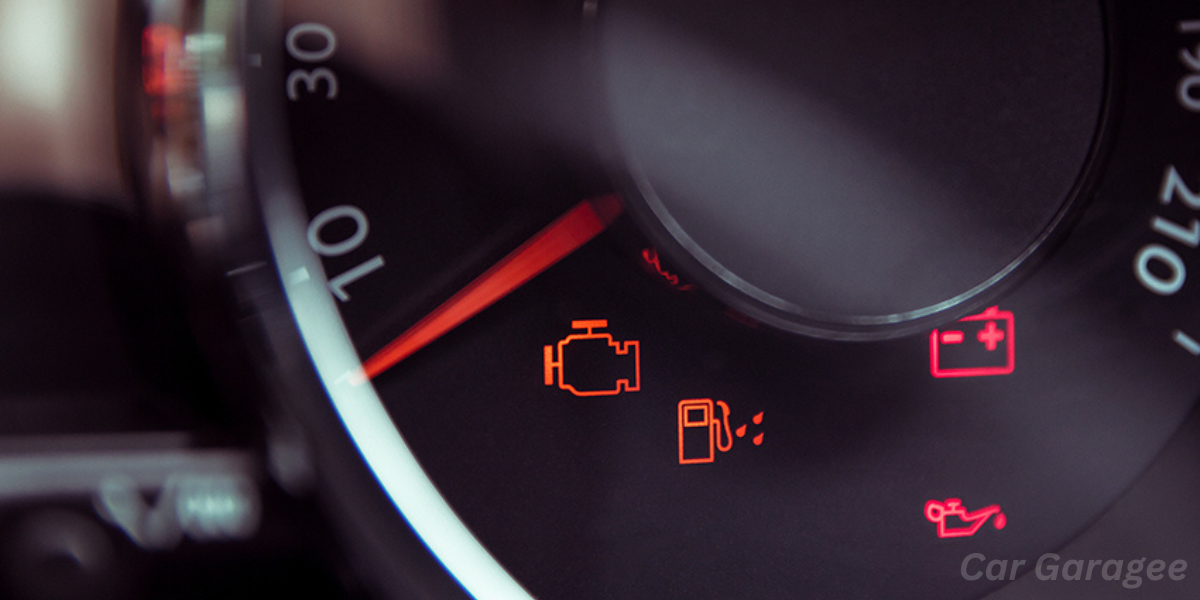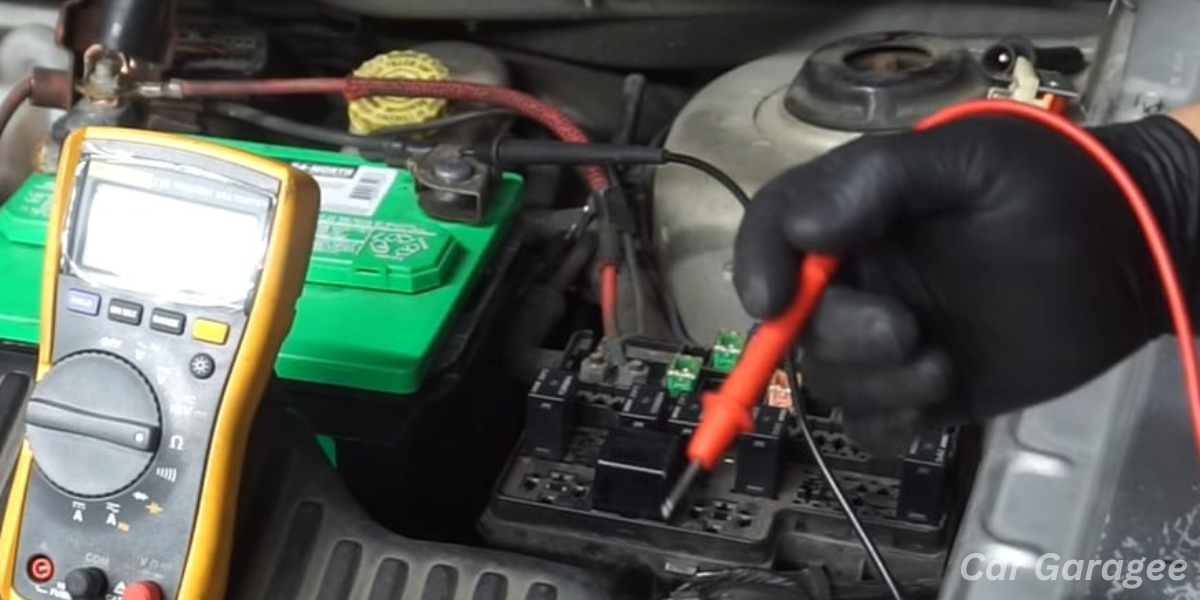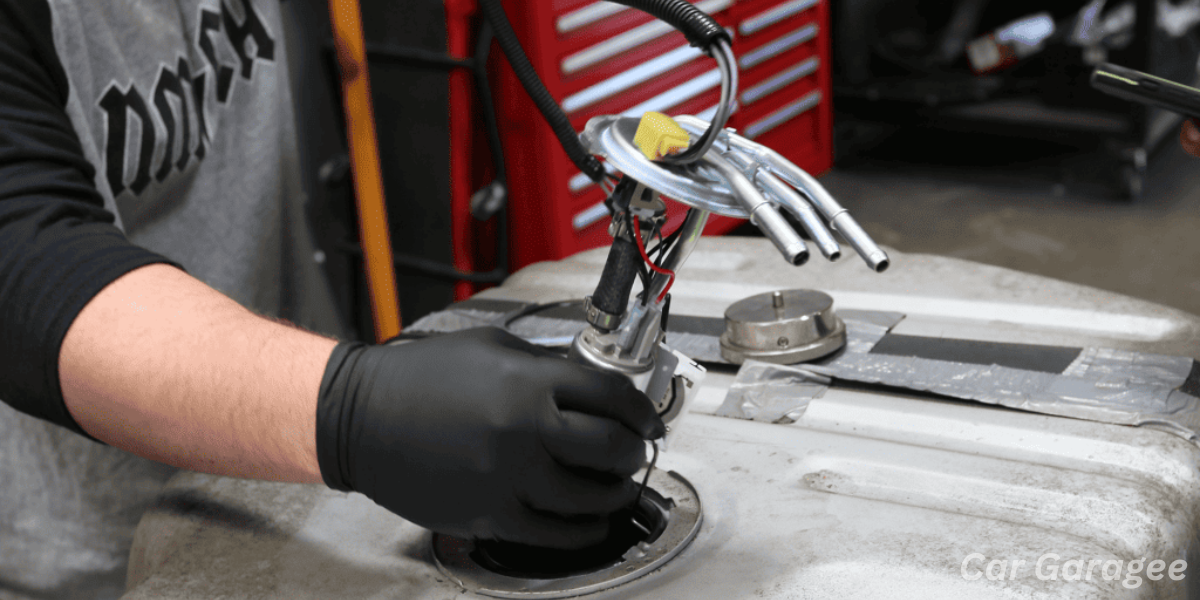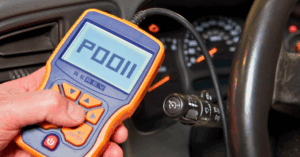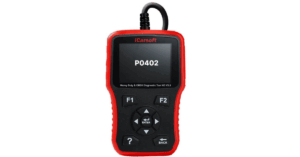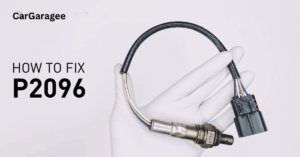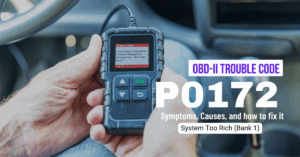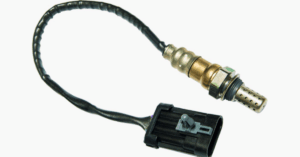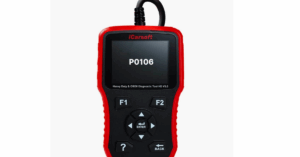The fuel pump plays a critical role in your car’s operation, as it pushes gasoline through pressure lines to the engine, allowing it to run smoothly. A small but essential part of this system is the fuel pump relay, an electronic component responsible for ensuring the right amount of power reaches the pump. When the ignition is turned on, the relay receives and passes the necessary voltage to the pump. However, malfunctions in this relay can lead to issues, such as engine start-up problems or poor performance.
Finding the fuel pump relay location in your vehicle isn’t always straightforward. In most cases, it’s housed in the fuse box, which could be under the hood, in the trunk, or near the steering column or firewall. Checking your owner’s manual for the specific year, make, and model of your vehicle can help pinpoint its exact position. In some cars, you might encounter a more complex setup, like a Totally Integrated Power Module (TIPM), which can make locating and diagnosing the relay a bit of a headache.
What is a Fuel Pump Relay?
The fuel pump relay is a necessary component that plays a critical role in the operation of a car’s combustion engine. It helps control the flow of electricity to the fuel pump, ensuring the engine gets the fuel it needs to run. When you turn on the ignition, the relay is activated, allowing a small amount of voltage to be supplied consistently to the pump. This voltage is essential to start the engine’s cycle and keep the fuel system running smoothly. Once the engine is up and running, the relay often shuts off, and other components like the oil pressure sending unit take over to keep the engine powered.
However, over time, corrosion or faulty issues with the relay can disrupt this process. A faulty relay can cause the engine to not start or stall while driving, leading to serious problems if ignored. Regular checks and timely replacements are important to maintain the vehicle’s performance and prevent further damage. In automotive systems, the relay operates through an electromagnetic mechanism involving a coil, which controls the switching of circuits. When the switch is engaged, a magnetic field closes the contacts, allowing electric current to flow and power the fuel pump, ensuring the car functions properly.
Fuel Pump Relay Location
In most vehicles, the fuel pump relay is located in the fuse box inside the engine bay. This long black box typically contains relays and fuses that help control key components like the fuel pump. The fuel pump, which is a component inside the tank, pushes gasoline through the pressure lines to keep the engine running. If the relay malfunctions, your car might crank but fail to start, leading to fuel injector issues. Checking the fuse box for a faulty relay should be your first step if the car refuses to start or loses power while driving.
In some cars, especially those equipped with a Totally Integrated Power Module (TIPM), the relay might be housed in a more complex setup. This can be a problem because the internal circuit board of the TIPM may have soldered connections that require careful handling. Replacing a damaged relay in such cases should be done by a professional to ensure it is installed properly. Always refer to the owner’s manual for your car’s exact locations, whether it’s under the hood, near the firewall, or around the steering column. This helps in pinpointing the precise placement and saves time when dealing with different types of autos.
Symptoms of A Bad Fuel Pump Relay
Engine Does Not Start
A common symptom of a faulty fuel pump relay is when the engine does not start. When the key is turned, the fuel pump refuses to receive power, so the engine won’t start. This no-start problem can be caused by a number of issues, and the car may still crank without starting. To address this, it is essential to perform a thorough diagnosis to identify whether the relay is at fault. If left unchecked, this can result in the vehicle being unable to run, especially when the ignition fails to supply the necessary voltage.
Vehicle Stalls and Fails Suddenly
A failing fuel pump relay can cause the vehicle to stall while running. The engine suddenly cuts off, causing the car to lose power and stop functioning. In cases where the vehicle completely fails, it will need to be replaced immediately. However, if the car restarts, the relay is likely at fault, and a short-term fix is not a solution. A more serious inspection is recommended to avoid further loss of power and being left stranded in the middle of the road.
Power Loss While Driving
Experiencing a sudden loss of power while driving is another sign of a bad fuel pump relay. Your car may slow down for no apparent reason and even stall unexpectedly. This can happen without warning and usually occurs during normal driving. It is important to address this issue quickly through repairs, as the car can leave you at risk of being halted in traffic. It’s critical to check the culprit, as this issue may cause more harm if ignored.
Noise and Whirring Sounds
When functioning properly, a fuel pump produces a low-volume hum or whine from the tank, typically at the rear of the vehicle. However, if the pump is silent, this could indicate a bad relay. If no whirring sound is heard from inside or outside, the relay may not be providing power, which can stop the pump from operating. Such failures can result in a stall and prevent the engine from starting again.
Delayed Engine Start and Battery Issues
When a fuel pump relay begins to fail, you may notice that the car takes several minutes or multiple attempts to start. This delayed turnover is due to the voltage not being supplied correctly. Over time, this problem may worsen, and repeated attempts to start the car can drain the battery, leading to a full charge loss. Replacing the relay is crucial to prevent the battery from dying, as this problem could result in additional costly repairs.
Check Engine Light and Diagnostic Trouble Codes
A malfunctioning fuel pump relay can trigger the Check Engine Light on the dashboard. The ECU or control module constantly examines the sensors, and if it detects false information regarding the fuel pump, it will store a trouble code like DTC P0230. The control module may illuminate the light as a warning of a failure, indicating that the fuel pump isn’t receiving proper voltage to pressurize the fuel rail.
Rough Acceleration and Idling Issues
A bad relay can lead to rough acceleration, making the car difficult to drive. The fuel pump cannot consistently supply the correct amount of fuel to the combustion chamber, which causes the engine to idle poorly and produce gruff sounds. In some cases, the engine may stall, and in vehicles like the Dodge Caravan, this problem may become more frequent. These signs should be addressed quickly before they cause the engine to operate inefficiently or result in complete failure.
How to Bypass Fuel Pump Relay
Start with a Visual Inspection
Before doing anything else, always begin with a visual inspection of the fuel pump relay. The relay is often found in a black fuse box in the engine bay. It’s a cube-shaped object that connects with prongs, similar to an electrical plug. You can use a flathead screwdriver to carefully pry it out, being cautious not to damage the surrounding parts. Once removed, inspect the terminals and sockets for any signs of corrosion or overheating, as this could affect the current flow in the circuits. If you see any buildup, use an electrical contact cleaner to clean the areas and wear gloves and goggles for protection.
Testing the Relay with a Multimeter
If the visual inspection doesn’t show any clear issues, you’ll need to test the fuel pump relay using a digital multimeter. Set the multimeter to the lowest range on the Ohms scale to check for continuity. Connect one lead to the power pins on the relay terminals. Your meter should either show infinite resistance or zero Ohms. If it shows anything else, it means the relay has shorted and needs to be replaced. You can also try an alternative method: listen for a beeping sound while using the multimeter, as this indicates a proper connection.
Bypassing the Relay with a Jumper Wire
To bypass the fuel pump relay, one method is to use a single jumper wire. First, locate the relay and unplug it from the socket. Then, insert the jumper wire into the correct terminals, which may require some experimentation to find. You can also use a paper clip to help bridge the connection if needed. Once this is done, reconnect the battery and try to start the vehicle. Be mindful that this method is a temporary fix and should not be a long-term solution.
Handling the More Complex Three-Jumper Wire Bypass
In more complex cases, such as when the relay is part of the IPM board, you may need a three-jumper wire. This process is more complicated and requires experience in handling vehicle engines. You’ll need to unhook the IPM power cables using a nut driver and navigate the interior with extreme care. Use screwdrivers to pull out the 40-pin and 50-pin connectors from the board, then join the brown wire using scissors to peel its tip, followed by connecting the blue and pink wires with the help of a razor blade.
Ensuring a Secure Connection
Once the jumper wire connections are made, secure them to the vehicle’s wall using a screw. Make sure the wires are tightly bound to avoid coming loose when the vehicle vibrates. Finally, reconnect the battery, starting with the negative terminal, and ensure the engine is running smoothly. This process should be successful, allowing you to bypass the faulty relay without interrupting the system.
Fuel Pump Relay Replacement Cost
Replacing a fuel pump relay can be relatively affordable, with online and automotive spare parts shops offering relays for an average replacement cost between $90 and $150. The parts themselves usually cost around $20, while labor charges can vary significantly depending on the make and model of your vehicle. If you choose an OEM (Original Equipment Manufacturer) relay, the price could be higher, while aftermarket parts are often less expensive.
In some cases, the repair shop might provide a detailed breakdown, with costs ranging from $200 to $1,000 for parts and $50 to $400 for labor, depending on the complexity of the job and the shop’s hourly rate, which is typically between $75 and $150. Overall, you can expect to pay anywhere from $400 to $1,600 for the entire replacement process.
2007 Accord Fuel Pump Relay Location
In the 2007 Honda Accord, a four-cylinder model, the fuel pump relay is generally located in the under hood fuse box. This fuse box is placed under the hood and in the driver’s footwell area. Inside, you’ll find several relays and fuses that help control various systems like the radiator fan, AC condenser, and compressor clutch. If you need to access the relay, pop the clips to open the fuse box, and start by checking the bottom relays that control fans to keep the vehicle cool.
The 2007 Accord also has a multiplex control unit near the dash that controls many internal systems. To reach the relays behind the kick panel, you can easily peel back the plastic covering and snap it off. The relay for the ignition coil, PGMFI (fuel injection), and other important functions like the air ratio sensor and starter cut are all tightly packed, but with some care, you can access them by removing the glove compartment on the passenger side. If the seat heater relay is missing, it’s likely because your vehicle doesn’t have heated seats, which were common in EXL models during those years.
FAQS
Where is the fuel pump relay located?
In most vehicles, the fuel pump relay is typically found inside the fuse box located in the engine bay. This long, black box contains various fuses and relays that help different parts of the car to function properly. By checking this box, you can easily access the fuel pump relay, which is essential for ensuring the fuel pump operates as needed.
How do I know if my fuel pump relay is bad?
Signs of a Bad Fuel Pump Relay
- Engine performance problems such as misfire, hesitation, or stalling during acceleration at high speeds.
- Hearing unusual noises like whining, buzzing, or clicking, indicating the fuel pump is struggling to receive power.
- The fuel pump running continuously or not running at all.
- The check engine light illuminates on the dashboard, often accompanied by diagnostic trouble codes (DTCs).
Where is the fuel pump relay located on a 2007 Toyota Camry?
The fuel pump relays on a 2007 Toyota Camry are located in the under hood engine compartment. You’ll find them inside the fuse box on the left side of the engine. There are two relays that control the power circuit: the EFI relay and the C/opn relay. These relays play a crucial role in ensuring the fuel system operates properly.
Where is the relay switch located?
The relay switch can be found in different places depending on your vehicle type and model. In many cars, it’s often inside the fuse box or power box. You might also find it under the instrument panel, near the right fender, or under the hood in a large black box with a lid. Its location varies across vehicles, so it’s important to check based on your specific car’s design.
How to check a relay switch?
- Ensure the relay is de-energized and disconnected from the power source.
- Use an ohmmeter to check the relay.
- Attach the ohmmeter leads to the two coil terminals of the relay.
- A good coil should give an Ohm reading that is neither 0 nor OL.
- If the reading is 0 or OL, the coil is damaged and needs to be replaced.

Mian Hashir is a passionate automotive enthusiast and the lead author at Car Garagee, a website dedicated to providing in-depth car reviews, maintenance tips, and the latest news in the automotive world. With years of experience in the industry, Hashir combines his technical knowledge with a love for cars to deliver insightful and engaging content. Whether you’re a car owner or a curious reader, Mian Hashir’s articles help readers make informed decisions, from choosing the right vehicle to understanding how to keep it in top condition.

